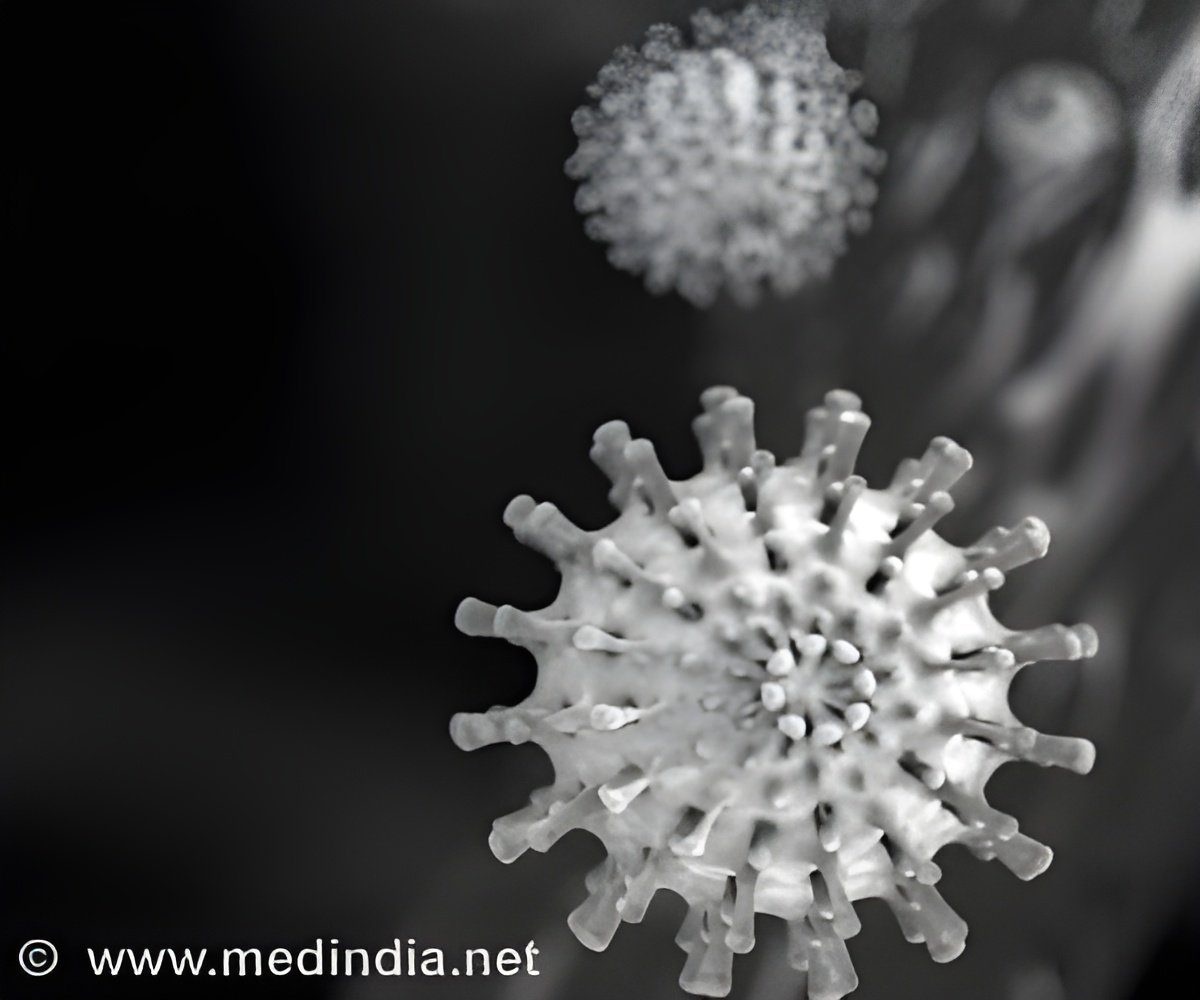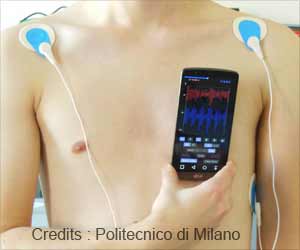A million of implanted medical devices are infected each year with bacterial species. This can be prevented by coating the devices with zinc oxide.

‘Nanoparticles of zinc oxide shaped like a pyramid with a hexagon-shaped base are very effective at preventing an enzyme, which the bacteria use for fuel.’





"It is extremely difficult to treat these infections," said J. Scott VanEpps, a clinical lecturer and research fellow in the U-M Medical School's department of emergency medicine, whose team led the biological study.Treatment involves either a long course of antibiotics, which can lead to antibiotic resistance and toxic side-effects, or the implants must be surgically replaced, which can be quite extensive for devices such as heart valves and prosthetic joints, VanEpps said.
Ideally, doctors would like to prevent the infections from occurring in the first place. One option is to coat the devices with something that bacteria can't grow on. The new results, published in the journal Nanomedicine, suggest that such a coating could be made from nanoparticles of zinc oxide--a sunscreen and diaper rash cream ingredient that makes the lotion thicker and relatively opaque.
If the nanoparticles are shaped like a pyramid with a hexagon-shaped base, they are very effective at preventing an enzyme called beta-galactosidase from breaking down lactose into the smaller sugars glucose and galactose, which the bacteria use for fuel.
Shape is important, both for the enzyme and for the nanoparticles. The enzyme needs to be able to twist in order to cut the lactose into the smaller sugars. Two amino acids, or protein building blocks, sit opposite one another across a groove in the enzyme. The lactose fits into the groove, and the amino acids come together to catalyze the breakup into glucose and galactose.
Advertisement
The team's research suggests that part of the nanoparticle--an edge or the point--inserts itself into the groove. By clogging up just one of the four grooves, the nanoparticles can shut down the whole enzyme by preventing the twisting action.
Advertisement
After 24 hours of growth, the number of viable staphylococcal cells recovered from the coated pegs was 95 percent less than those from the uncoated pegs. The pneumonia and E. coli species were less susceptible to the nanoparticles.
"While the coating was unable to completely eradicate all staphylococcal cells, this dramatic reduction could likely enable antibiotic treatments to succeed or simply allow the human immune system to take over without the need for antibiotics," VanEpps said.
Staph, including MRSA, is particularly vulnerable to the nanopyramids because its cell wall is a matrix of proteins and sugars. The team suspects that as the MRSA tried to colonize the pegs, the nanopyramids bound to the enzymes that build the cell wall. Since the enzymes couldn't maintain the cell wall, the cells broke down.
If this is indeed how the nanopyramids operate, then the coating should be no trouble for human cells, whose membrane enclosures don't have the same vulnerabilities. It may also account for why the coating isn't nearly as effective on E. coli, which doesn't wear its cell wall enzymes on its sleeve.
Many hurdles stand between the nanoparticle coating and clinical use in patients. The researchers must find out how such a coating would affect human cells near the implant and explore how the nanopyramids affect other enzymes in humans and bacteria.
"The strong antibacterial activity against MRSA and other pathogens is an exciting finding," Kotov said. "We want to better understand the mechanisms of the antibacterial function to fine tune its inhibitory activity and to identify the structural similarities among enzymes that pyramidal nanoparticles can inhibit."
Source-Eurekalert










